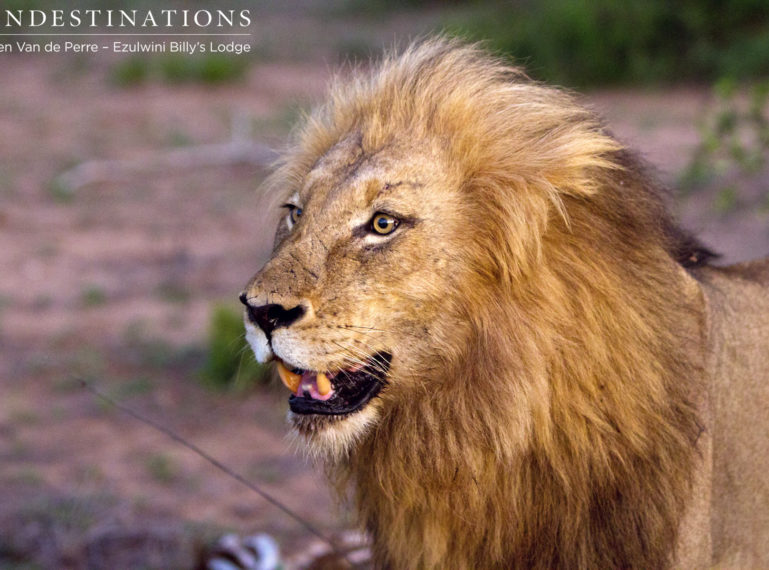
So you’ve booked your safari at Ezulwini Game Lodges and you’ve decided that lions are a definite “must see” while in Africa. Being the ultimate super-predator, seeing a pride of Panthera leo in the wild is a memory that remains etched in your mind long after your safari is over. Before departing for the ultimate safari in the Balule, we’d like you to take some time to understand general lion pride dynamics and what the traverse surrounding Ezulwini has in store for you.
When you understand how wildlife functions, their natural instincts and their historical stories; it makes your sighting far more meaningful. All of the below photos were taken over the past 4 days! Proof that the Balule Nature Reserve is buzzing with lion activity at the moment.
3 Facts About Lions at Ezulwini Game Lodges :
1. The traverse around Ezulwini River Lodge and Ezulwini Billy’s Lodge is home an abundance of lion prides. There are mega-prides of lions and smaller prides which are split offs from the mega-prides. Duma is the leader of the Olifants West Pride of lions and certainly puts the other males to shame. Having fought off many males attempting to oust him from his place as dominant leader of the Olifants West Pride; sightings of him are always top of the list. He is often seen wandering around with his pride or taking time out to patrol his turf. Bestowed with an incredible mane, he is one of the most recognised male lions within the area. Good lucking finding him!
There are many split-off prides from the Olifants West Pride of lions, which are also seen on a regular basis. The lions of the Balule truly are a good-looking bunch. Their mottled tawny colour fur makes for interesting markings.
So why are other males trying to fight with Duma? It’s quite common behaviour with lions. When male cubs within a pride of lions reach the age of 3, they tend to be ousted from the pride and they’re expected to lead a nomadic lifestyle, often together with ousted males from other prides or their brothers from within their own pride. At roughly at the age of 5 the sub-adults begin to search for territory and prides to take over. Lionesses remain within a pride for life, but they have been known to split into cliques/groups.
If a male wants to lead a pride he’ll often kill off the cubs within a pride and battle with the dominant leader. Killing off cubs encourages the females to breed again and continue the new lion’s bloodline. Taking over of a pride can happen with coalitions of brothers who will end up ruling the pride.
It’s a cruel fight for survival in the world of lions. This is why you’ll often see smaller prides in the Balule, males in tight coalitions and lionesses roaming together. What complex social structures these lions have!
2. When you stumble across your first lion sighting in the Balule, it’ll probably be a bunch of lazy cats lying around under a bush. Lions spend up to 20 hours a day resting. They expend a lot of energy during their territorial patrols and the take down of prey, which is like an intense high-impact workout for them.
Although they appear half-asleep and relaxed they’re actually incredibly alert. When you’re in the game vehicle, watch them carefully. It’s quite interesting to watch how they stare or react to even the slightest suggestion of movement. This is why your rangers urge you to sit still in the vehicle at all times!
3. If you happen to witness lions mating, just be aware that it’s a very tiring for them. The pair will mate every 20 minutes for up to 4 days. Each “session” takes about a minute. The courtship ritual is quite laughable. The male follows the female, sniffs her, tries his best to cuddle and the lioness generally takes a while to roll over and accept his advances!
It’s quite common for the male to become exhausted from all that copulating and another “brother” from his coalition will come in and take over the mating duties. That is why you often see two lone lions with a lioness. A dead giveaway that there might be a bit of love brewing…


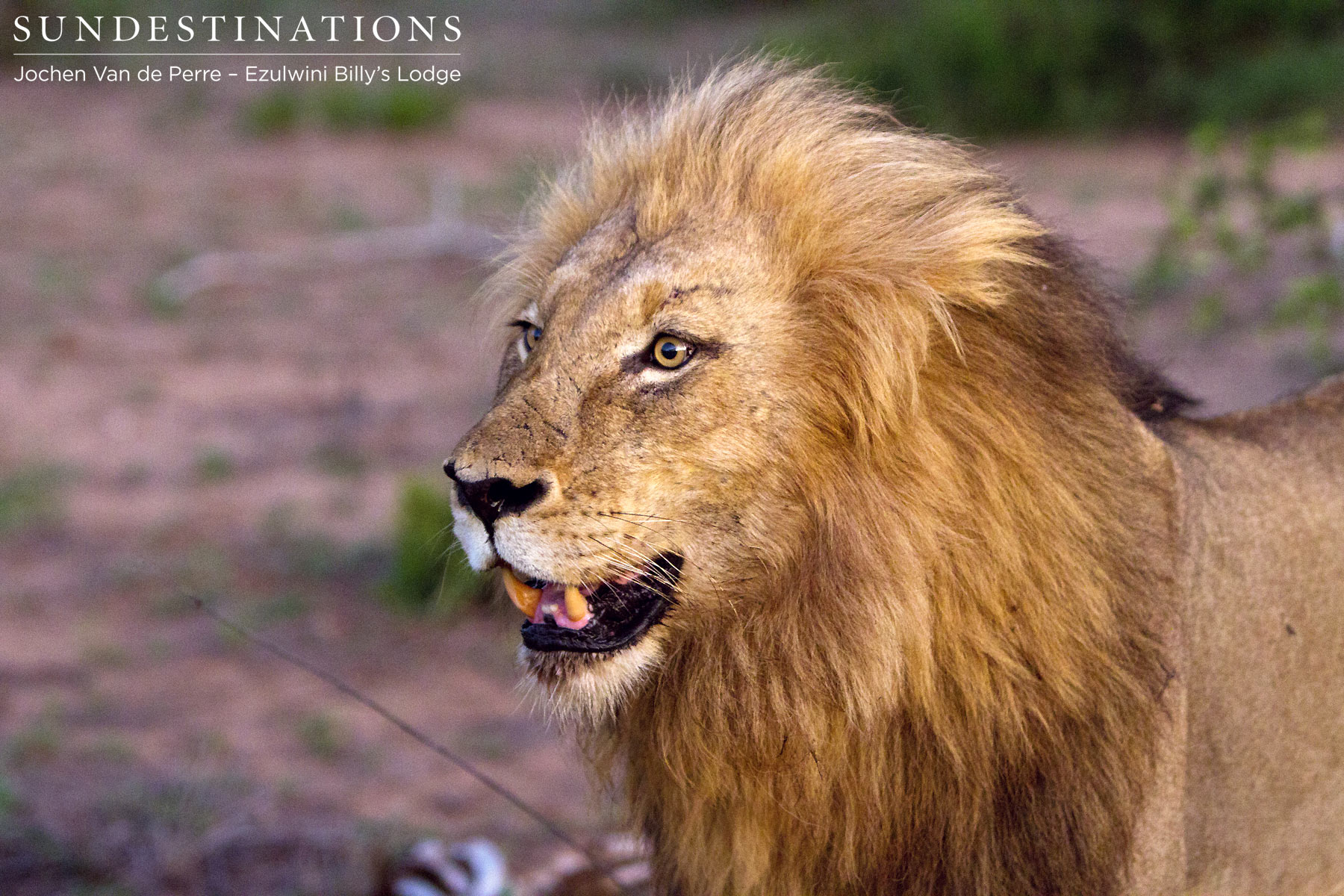





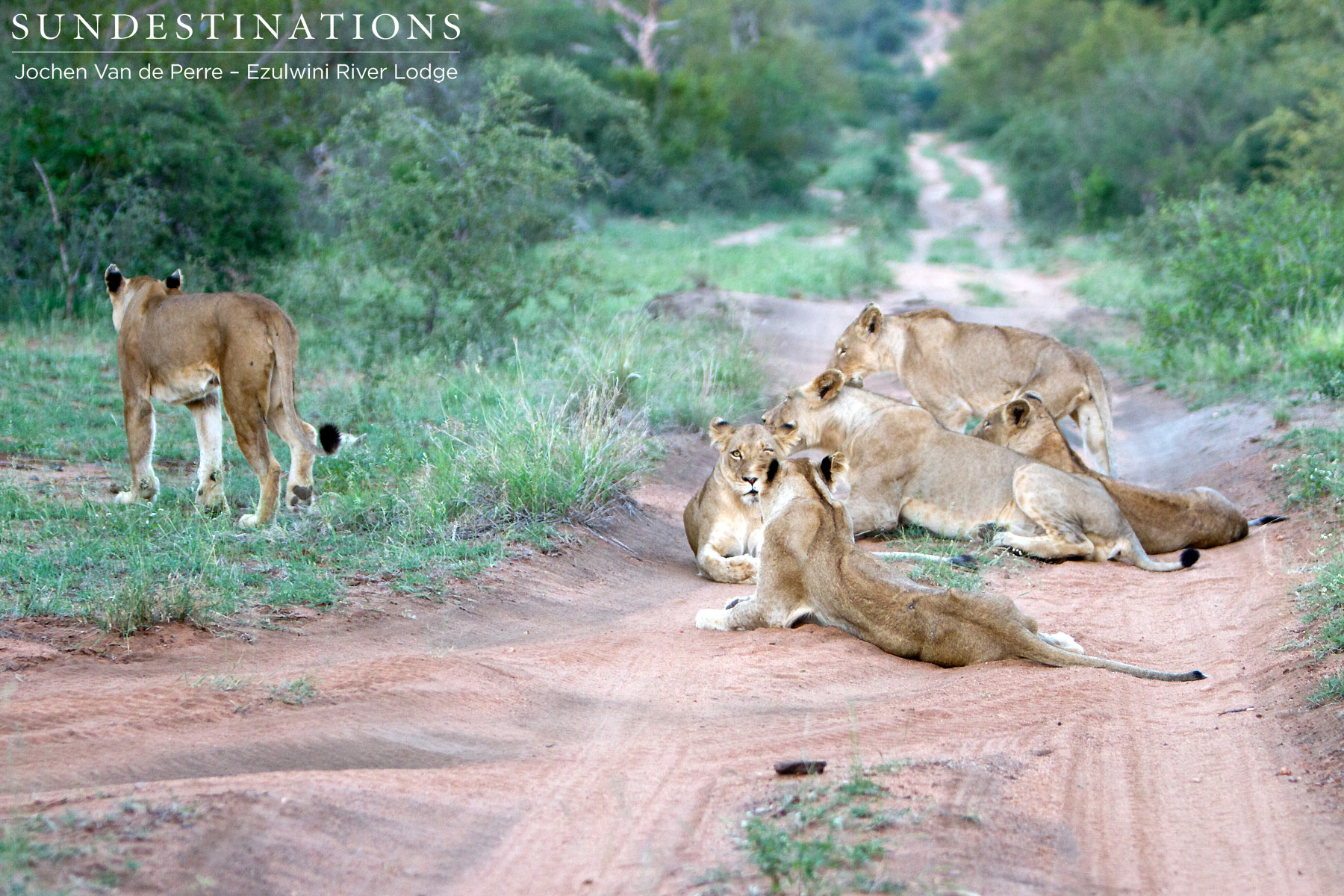
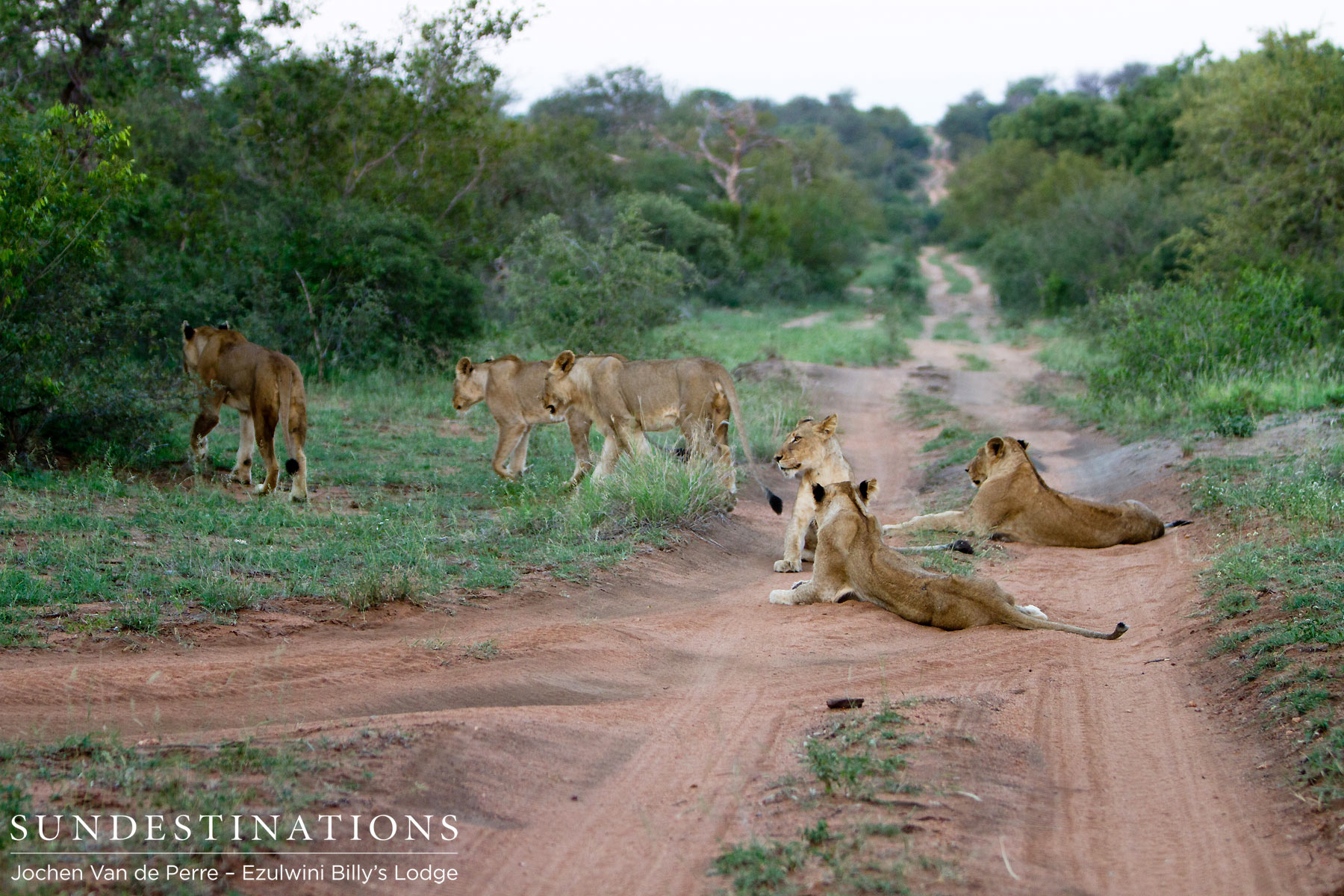
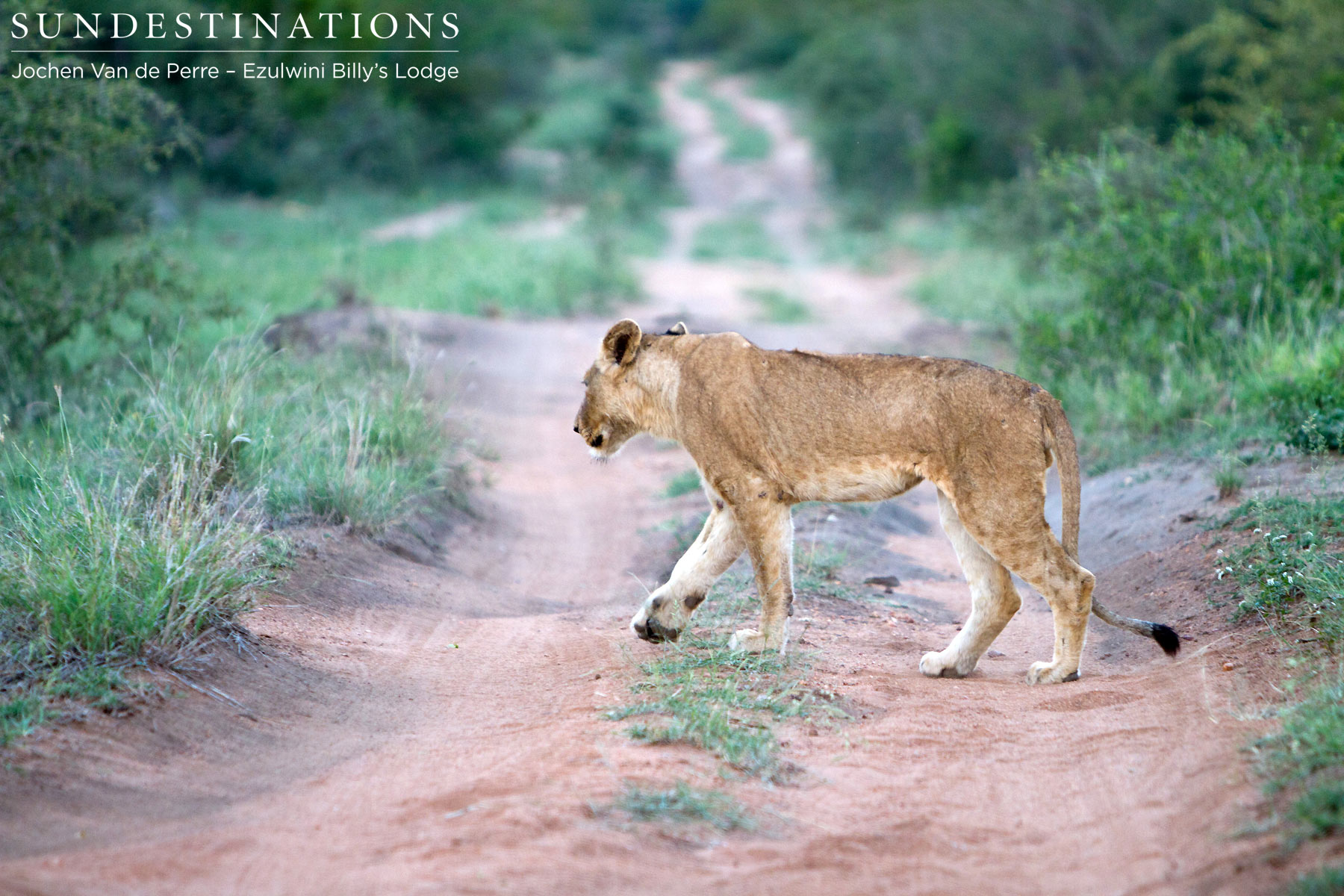



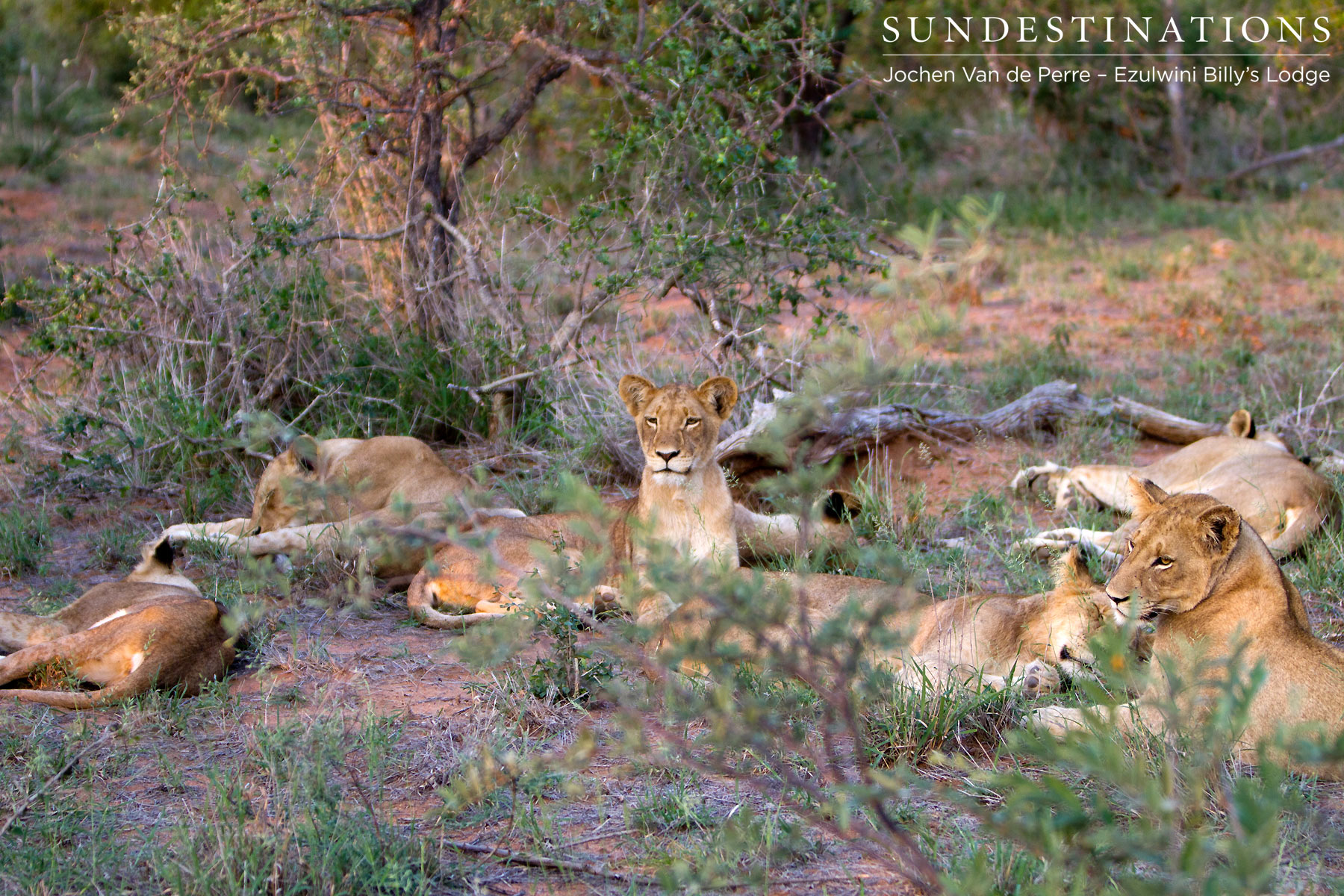
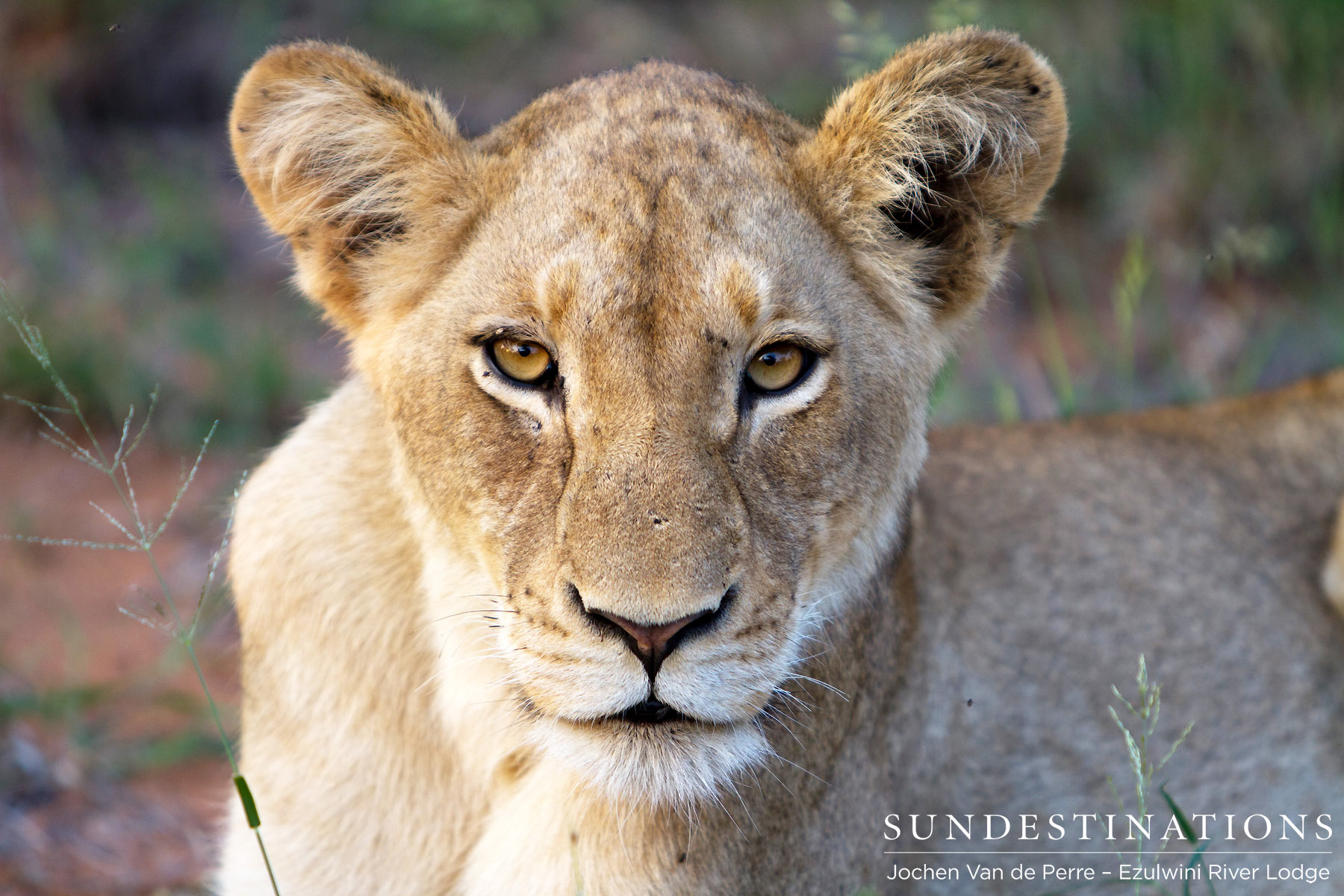
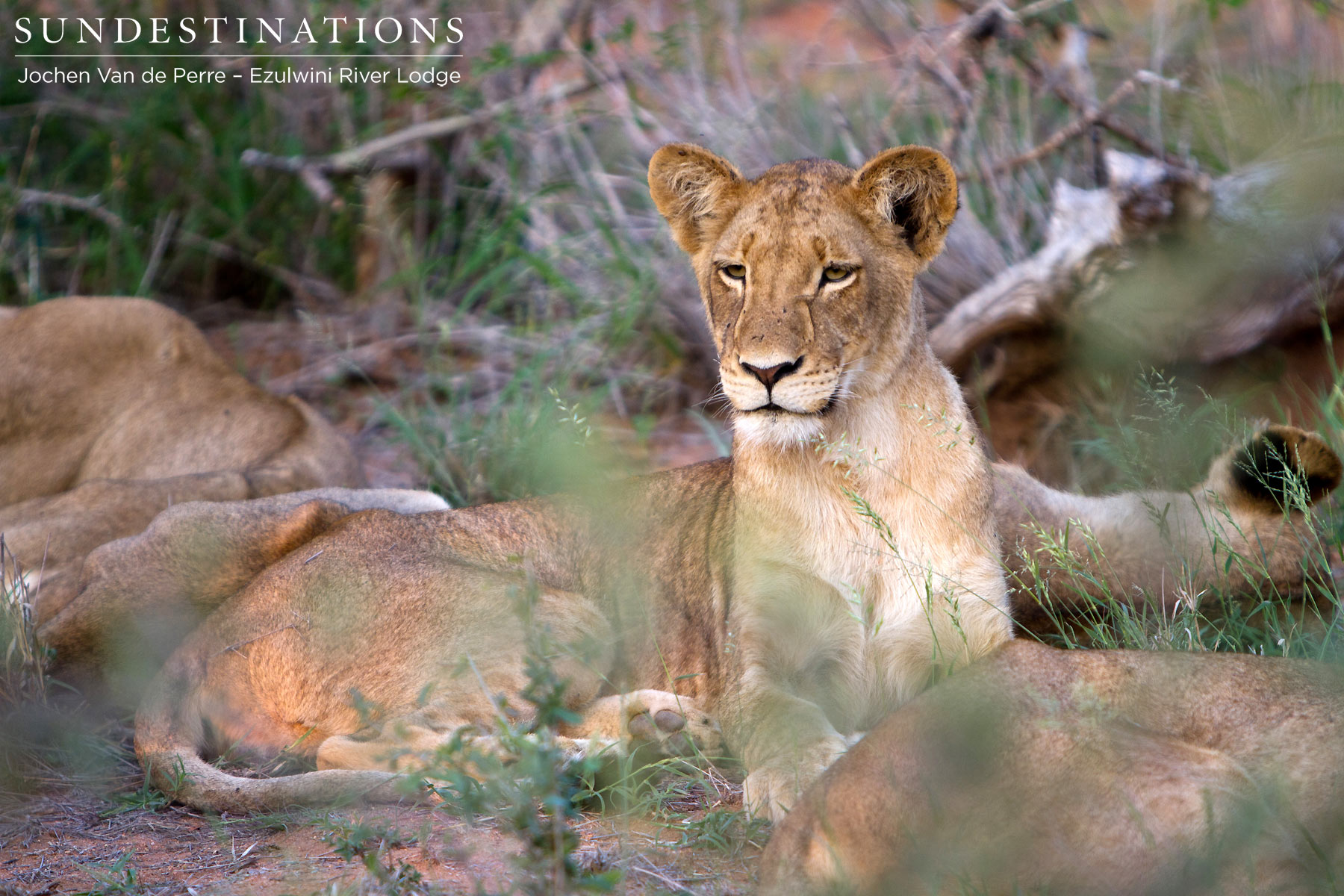

Brenda Quatember